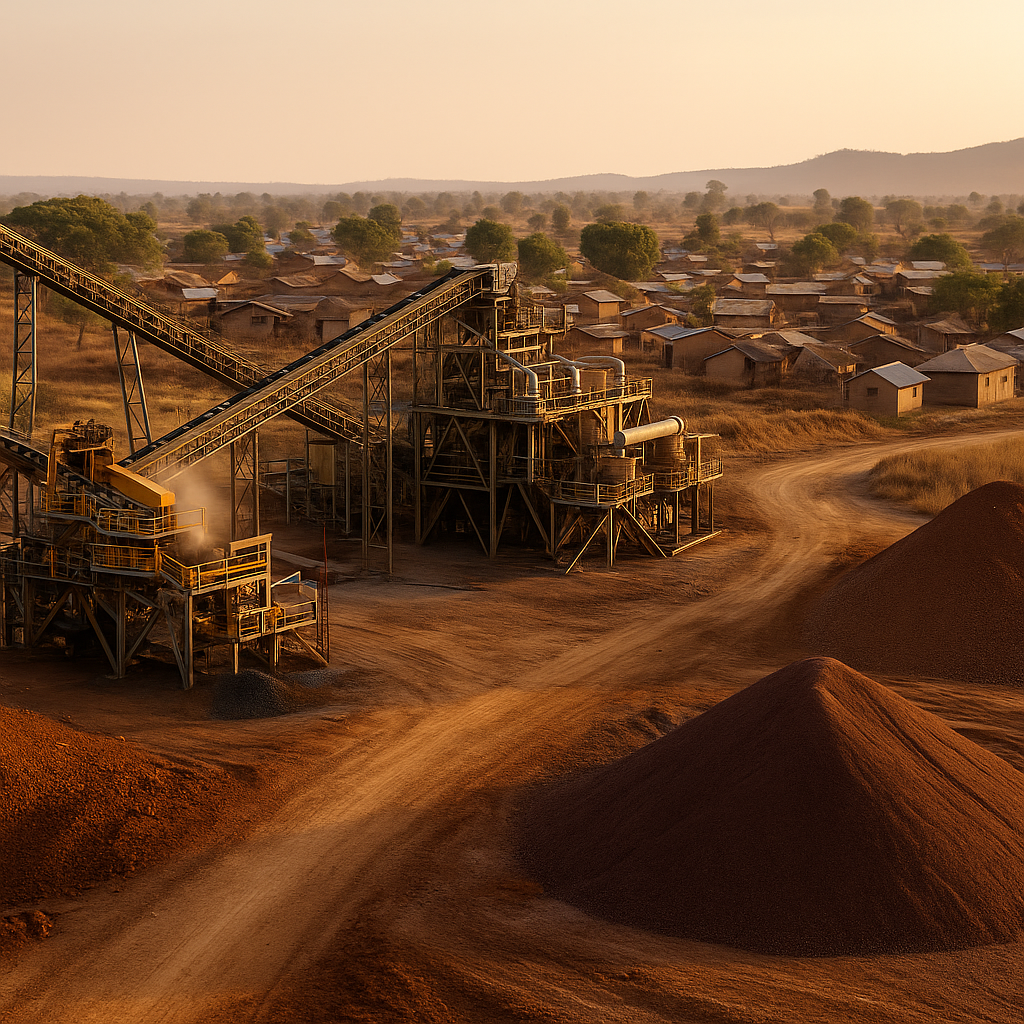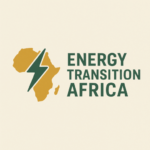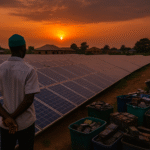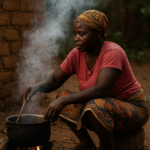Le 17 août 2025, les chefs d’État de la SADC se réuniront à Madagascar pour un sommet sur le thème « Faire progresser l’industrialisation, la transformation agricole et la transition énergétique pour une SADC résiliente. » Le symbolisme est frappant : une région riche en minéraux essentiels mais accablée par la pauvreté énergétique.
L'Afrique australe abrite du cobalt de la République démocratique du Congo, du lithium du Zimbabwe, du manganèse d'Afrique du Sud et du platine du Botswana, des minéraux qui alimentent la transition mondiale vers les énergies propres. Pourtant, 100 millions de personnes dans l'UE manquent d'électricité, tandis que des millions de personnes subissent des délestages électriques incessants.
L'urgence d'une valeur ajoutée régionale
La valorisation des minéraux critiques dans la SADC passe par la transformation, le raffinage et la fabrication au sein de la région, transformant le lithium en cellules de batterie, le cobalt en composants pour véhicules électriques et le manganèse en pièces d'éoliennes. Cela permet de préserver la richesse, les emplois et le savoir-faire industriel à l'intérieur de nos frontières.
Aucun pays ne peut dominer seul la chaîne de valeur. La construction d'usines de transformation et de parcs technologiques nécessite des capitaux, des infrastructures et des compétences techniques. La mutualisation des ressources, l'harmonisation des réglementations et le partage des installations constituent la seule voie viable.
La Banque africaine de développement Les projets de valorisation coordonnés pourraient ajouter des milliards au PIB et créer plus de 2 millions d'emplois d'ici 2035Les revenus pourraient financer l’électrification universelle, mettant fin au paradoxe des nations riches en minéraux et pauvres en énergie.
Le temps presse
L'Agence internationale de l'énergie prévoit que la demande en lithium sera multipliée par 40 d'ici 2040.. Sans action, la SADC restera un exportateur de minerai brut tout en important des produits qu'elle aurait pu produire. Note d'orientation de PCQVP Il a plaidé en faveur d’un lien entre l’extraction et les objectifs sociaux et énergétiques, avec des quotas de transformation locaux, des revenus pour l’expansion du réseau et des investissements dans les compétences vertes.
Histoires du terrain
Dans le district de Bikita, au Zimbabwe, des mineurs artisanaux extraient du lithium pour quelques dollars par jour, souvent sans équipement de sécurité ni accès à des marchés stables. Leurs enfants passent devant des piles de minerai sur le chemin des écoles privées d'électricité, alors que ce même lithium alimente des véhicules électriques en Europe.
Dans la région d'Oshikoto en Namibie, les exportations de cuivre alimentent des usines en Asie, mais le dispensaire le plus proche est alimenté par un générateur diesel qui tombe en panne chaque semaine. Les villageois paient des prix élevés pour les lampes à pétrole, tandis que les richesses minérales du pays s'écoulent sans être transformées.
Dans le nord du Mozambique, les mines de graphite promettaient des emplois, mais les pêcheurs locaux affirment que la baisse des prises due au ruissellement industriel les a mis en difficulté. Les communautés veulent plus que des emplois ; elles veulent des infrastructures, de l'électricité et des investissements qui perdurent au-delà de la durée de vie de la mine.
La création de valeur régionale pourrait changer ces réalités, en finançant des écoles équipées d'ordinateurs, des cliniques alimentées par une énergie solaire fiable et des communautés dotées de solutions de cuisson propres et abordables. Cela pourrait signifier que les minéraux quittant notre sol éclaireraient d'abord nos foyers.
Pourquoi la collaboration régionale n'est pas négociable
Aucun pays de la SADC ne peut à lui seul contrôler l'intégralité de la chaîne de valeur minière. Les coûts du raffinage avancé, des usines de fabrication et des réseaux logistiques sont trop élevés pour être supportés par un seul pays.
Imaginez un système coordonné : le Zimbabwe accueille la production de cellules de batterie, la Namibie se spécialise dans l'assemblage de panneaux solaires, la Zambie exploite un raffinage de cuivre à grande échelle et l'Afrique du Sud gère la recherche et le développement de pointe. Ensemble, ils forment une chaîne d'approvisionnement unifiée, capable de rivaliser avec la concurrence mondiale.
La mutualisation des infrastructures réduit les coûts, accroît le pouvoir de négociation et permet au bloc de fixer des conditions plus équitables avec les acheteurs multinationaux. Un front uni pourrait négocier des transferts de technologie, obtenir de meilleurs prix et faire respecter les normes environnementales et du travail.
L'harmonisation des politiques fiscales et d'exportation mettrait fin à la « course vers le bas », où les pays se concurrencent mutuellement pour attirer les investissements. La SADC pourrait au contraire offrir un marché régional homogène, doté de règles prévisibles, attirant ainsi des investisseurs sérieux et à long terme.
Les retombées économiques sont considérables, mais les retombées politiques le sont tout autant. Agir en bloc renforcerait l'influence de la SADC dans les négociations commerciales mondiales, les discussions sur le financement climatique et les marchés des énergies renouvelables.
Ce que les dirigeants de la SADC doivent faire à Madagascar
- Adopter une stratégie régionale — unifier les efforts financiers, techniques et politiques.
- Établir des pôles industriels partagés — chaque pays joue sur ses atouts.
- Harmoniser les politiques — créer un marché régional homogène.
- Investir dans les compétences — former des ingénieurs, des techniciens et des entrepreneurs pour l’ère industrielle verte.
- Donner la priorité aux avantages communautaires — garantir que l’accès à l’énergie locale soit un résultat non négociable.
Le rôle de la société civile
La société civile doit veiller au respect des engagements, exiger la transparence des contrats et promouvoir des politiques axées sur la communauté. C'est le moment de s'exprimer en faveur d'une politique industrielle, mais aussi de la dignité, de l'équité et de la justice.
Ils doivent mettre en lumière des histoires comme celle de cette mère vivant en Zambie rurale qui paie chaque mois son bois de chauffage plus cher que son voisin de Lusaka pour l'électricité. Ou celle du jeune diplômé de Maputo, formé en génie électrique, contraint de travailler comme chauffeur de taxi faute d'industries locales.
Conclusion
Les minéraux d'Afrique australe peuvent alimenter le monde, mais ils doivent d'abord alimenter sa population. La valeur ajoutée des minéraux critiques dans la SADC dépasse le simple aspect économique ; il s'agit de réécrire le développement de la région, de mettre fin à la précarité énergétique et de créer des industries au service des générations futures.
Au sommet de Madagascar, les dirigeants de la SADC ont le choix : être les gardiens des exportations de matières premières ou les architectes d’un avenir industriel partagé. Le monde entier les observe, et les communautés dont l’avenir dépend des décisions prises dans cette salle.
Pour eux, il ne s'agit pas d'un débat sur la politique commerciale, mais de savoir si les lumières finiront par s'allumer.
Suivre Transition énergétique en Afrique pour plus de mises à jour :
![]()
![]()




Pingback: Qui porte le fardeau ? Genre et transition énergétique en Afrique - Transition énergétique en Afrique